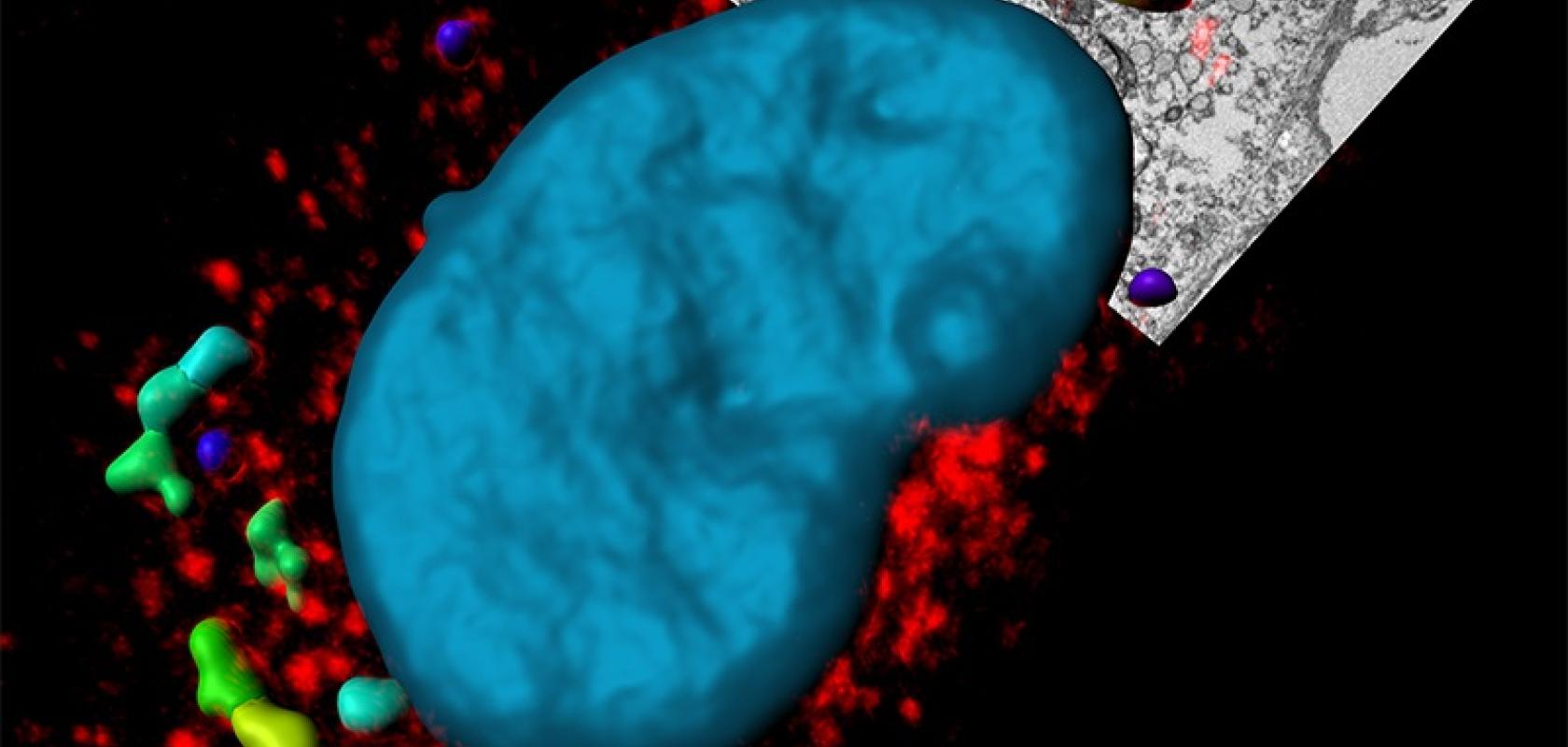Bitplane, an Oxford Instruments Company and leader in 3D/4D microscopy image visualisation and analysis has recently launched Imaris version 9.1 along with the newest member of the Imaris family, Imaris Stitcher.
Many experiments require viewing an entire organism, organ, or tissue while also resolving features at the subcellular level. This problem can be solved in one of two ways: 1) by acquiring a low resolution image of the entire specimen along with a high resolution region of interest image or, 2) by acquiring many high resolution overlapping image tiles across the entire specimen. Visualising and analysing the resulting dataset presents challenges for researchers because of either the differing sizes and resolutions of the images, or simply because of the large amount of image data generated. Imaris 9.1 and Imaris Stitcher address these challenges, delivering exciting new functionality to the Imaris family of software.
Imaris 9.1 offers the ability to simultaneously visualise multiple 2D, 3D or 4D images with differing spatial or temporal dimensions and resolutions. Imaris’ object-based analysis tools are available for all images and this functionality, along with alignment tools to rotate and translate the images relative to one another, provide a solution for researchers performing correlative microscopy across multiple imaging modalities. When paired with Imaris’ strong foundation in large image visualisation, these new tools also offer an answer to labs aligning physical sections of large tissues or organs.
With the superb and big-data-capable Imaris Stitcher, fast and precise stitching of multiple tiles in XYZ is now possible through an easy to use interface. Imaris Stitcher automatically reads image stage coordinates, correcting for rotation of the camera relative to the microscope stage.
Subsequent alignment of neighbouring tiles is based on best signal overlap in a selected channel.
In the latest release, you will discover improvements to the positioning and rotation of the Reference Frame object for flexible measurements relative to a specific location within an image. New file readers for DICOM, Leica XLEF and LOF formats, and an updated reader for the Olympus VSI format are available within the Imaris 9.1 release as well. In addition, Imaris File Converter offers an ease-of-use and time saving improvement for users who require individual Imaris (IMS) files from a series of images.
Reflecting on the release of Imaris 9.1 and Imaris Stitcher, Meredith Price, Imaris Product Manager, said, “Rendering multiple images at once within Imaris 9.1 gives users a greater comprehension of their experiments. Researchers no longer need to view light microscopy and electron microscopy images side-by-side. Instead they can overlay them in Imaris to view them simultaneously while also performing analysis on both images. We are also excited to offer the revolutionary Imaris Stitcher to the microscopy research community. The newest member of the Imaris family continues our dedication to intuitive software while also providing a fast, precise, and big data capable alignment and stitching solution.”


